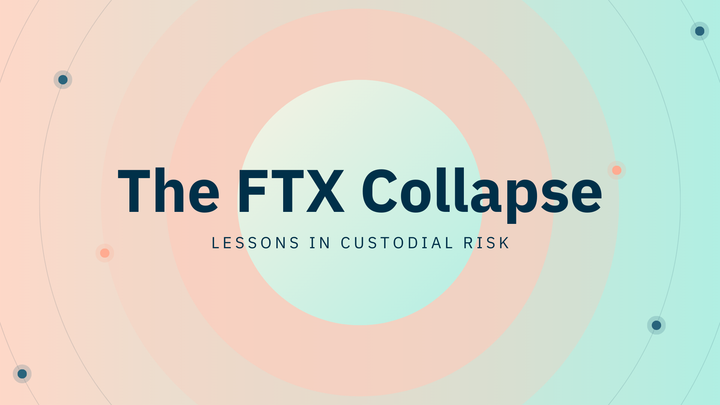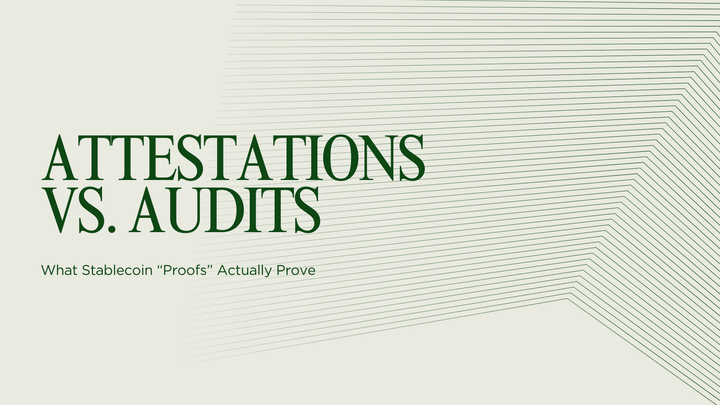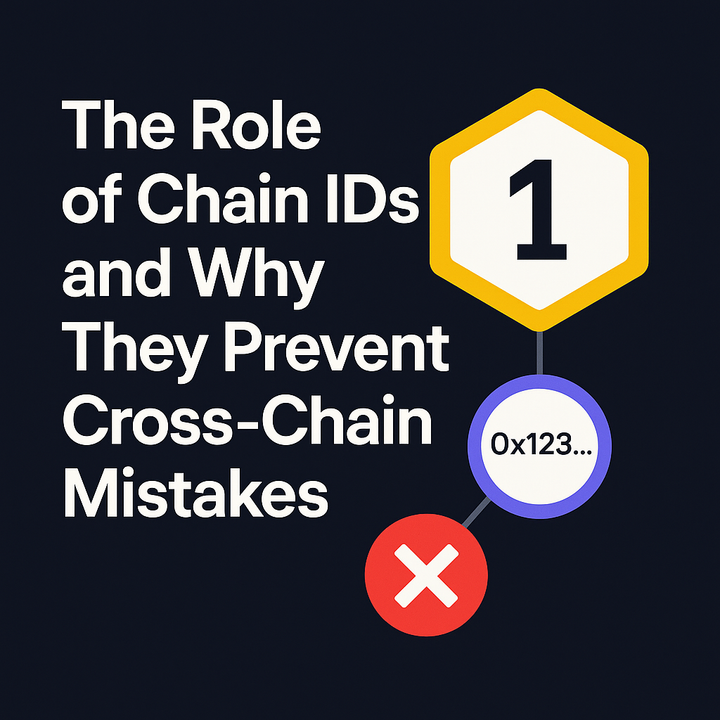Protecting Value: How Mitosis Plans to Manage Its Treasury and EOL Assets Amidst Market Volatility

1. Introduction: EOL – A Powerful Asset Requiring Protection
The Ecosystem-Owned Liquidity (EOL) model is one of the central innovations of the Mitosis protocol. Owning a significant portion of the liquidity necessary for cross-chain operations gives Mitosis undeniable advantages: stability, efficiency, and reduced dependence on external providers. The Mitosis Treasury, which manages these assets, becomes the heart of the ecosystem, supplying it with its lifeblood – liquidity.
However, like any large financial reserve, the treasury and EOL assets are subject to the influences of the constantly changing and often unpredictable cryptocurrency market. Asset price volatility, stablecoin de-pegging risks, and changes in DeFi protocol yields are all factors that can affect the value and effectiveness of EOL.
Simply accumulating liquidity is not enough. The real challenge lies in prudently managing these assets, ensuring their preservation, growth (or at least protection from inflation), and effective use for the protocol's needs, even in turbulent market conditions.
Risks Facing the EOL Treasury
Before discussing strategies, it's important to understand the main risks that the Mitosis Treasury, managing EOL, might face:
- Market Risk (Volatility): If a significant portion of EOL is held in volatile cryptocurrencies (e.g., ETH, BTC, or other L1/L2 tokens), their prices can drop sharply, reducing the total value of liquidity available to the protocol.
- Stablecoin Risk: Despite their "stability," stablecoins also carry risks – from regulatory pressure to technical issues or de-pegging (deviation from their peg to a base asset, e.g., the US dollar). Concentrating EOL in one or a few stablecoins can be dangerous.
- Counterparty/Smart Contract Risk: If part of the EOL is deployed in third-party DeFi protocols to generate additional income (e.g., in lending pools), there is a risk of these protocols being hacked or errors in their smart contracts.
- Operational Risk: Errors in managing treasury access keys, failures in liquidity rebalancing procedures, or other operational miscalculations.
- Risk of Inefficient Allocation: Directing EOL liquidity to networks or assets where it doesn't generate sufficient demand or income, leading to "frozen" capital.
Successful EOL management requires not only accumulation strategies but also well-thought-out mechanisms to protect against these risks.
Mitosis: Towards Sustainable Treasury Management
How can Mitosis approach these complex challenges? A protocol aiming for long-term sustainability must consider a comprehensive approach, including:
- Defining the composition of treasury assets.
- Diversification strategies.
- Risk management mechanisms.
- Transparency and accountability (ideally, through a DAO).
What Will You Learn From This Article?
In this article, we will explore in detail what strategies and mechanisms Mitosis might use (or is already planning to use) to protect and effectively manage its treasury assets and Ecosystem-Owned Liquidity amidst inevitable market volatility:
- The presumed composition of EOL and treasury assets: which assets and why?
- The importance of diversification and how it can be implemented.
- Potential approaches to hedging and insuring against market risks.
- The role of the future Mitosis DAO in making treasury management decisions and controlling risks.
- How to find a balance between capital preservation, income generation, and ensuring EOL's primary function – providing liquidity for cross-chain operations.
We aim to show that EOL management is not just about storing funds, but an active and complex job requiring a deep understanding of the market, risk management, and a long-term vision focused on building a truly sustainable "liquidity fortress."
2. Mitosis's Strategies for Treasury Management and EOL Risk Mitigation
Managing significant assets in the volatile Web3 environment requires a well-thought-out and multifaceted strategy. To ensure the long-term sustainability of its Ecosystem-Owned Liquidity (EOL) and treasury, Mitosis can employ the following approaches:
1. Defining Asset Composition: Balancing Stability and Yield
- Diversified Portfolio: The key principle is not to put all eggs in one basket. The Mitosis Treasury will likely consist of:
- Highly Liquid Stablecoins: A significant portion in reliable, well-established stablecoins (e.g., USDC, USDT, DAI) to ensure baseline liquidity and stability. Diversification among different types of stablecoins (centralized, decentralized, algorithmic – with caution) is also important.
- Major Cryptocurrencies ("Blue Chips"): Assets like ETH and BTC, which have high liquidity and recognition, can form part of the portfolio for long-term growth and use as collateral.
- Liquid Staking Tokens (LSTs): Assets like stETH, rETH, cbETH can not only generate staking yield but also be used to provide liquidity while maintaining a base peg to ETH.
- Native Tokens of Promising L1s/L2s: A small portion may be allocated to native tokens of networks with which Mitosis actively collaborates, for operational needs or strategic investments.
- Tokenized Real-World Assets (RWAs) (Prospectively): As the RWA market develops, part of the treasury could be diversified into more stable, yield-generating real-world assets.
- Asset Selection Criteria: Decisions to include assets in EOL should be based on their liquidity, security, stability, potential yield, and strategic importance to the Mitosis ecosystem.
2. Active Liquidity and Risk Management
- Dynamic Rebalancing:
- Between Networks: Automated or DAO-governed mechanisms to reallocate EOL between different blockchains based on liquidity demand, yield, and risk levels in each specific network.
- Between Assets: Regular rebalancing of the treasury portfolio to maintain target asset allocations and realize profits from appreciated positions.
- EOL Deployment Strategies:
- Providing Liquidity in Mitosis's Own Pools: The primary use of EOL.
- Deployment in Reputable DeFi Protocols: A portion of EOL (especially stablecoins or LSTs) may be deployed in highly reliable, audited lending protocols or liquidity pools to generate additional income. The selection of such protocols must undergo rigorous risk assessment.
- Hedging Mechanisms (Potentially):
- To protect against the volatility of major cryptocurrencies, strategies using derivatives (e.g., buying put options or opening short futures positions on a portion of the portfolio) may be considered. These are complex instruments requiring high expertise.
- Real-Time Monitoring: Continuous monitoring of treasury asset status, market conditions, the health of DeFi protocols where liquidity is deployed, and prompt response to anomalies.
3. The Role of the DAO in Treasury and EOL Management
Decentralized governance is key to long-term sustainability and trust.
- Policy Approval: The Mitosis DAO should play a central role in approving:
- The overall investment policy and risk management strategy for the treasury.
- Criteria for selecting assets for EOL.
- A list of trusted DeFi protocols for liquidity deployment.
- Rebalancing parameters.
- Oversight and Audit: The DAO can initiate independent audits of treasury management and EOL utilization efficiency.
- Crisis Decision-Making: Developing protocols for the DAO to make emergency decisions in case of sharp market changes or security threats.
4. Transparency and Reporting
- Public Dashboards: As mentioned earlier, providing the community with tools to track the status of EOL and the treasury in real time.
- Regular Reports: Detailed reports on asset management activities, income earned, expenses incurred, and changes in the risk profile.
Conclusion: Building a Sustainable Financial Foundation for Mitosis's Future
Managing Ecosystem-Owned Liquidity and the treasury in a volatile cryptocurrency market is a complex but vital task for the Mitosis protocol. It requires not only technical solutions but also a well-thought-out economic strategy, active risk management, and, ultimately, wise collective governance by the DAO.
By applying principles of diversification, dynamic rebalancing, careful selection of protocols for fund deployment, and possibly the cautious use of hedging instruments, Mitosis can strive to protect and grow the value of its assets. Transparency in these processes and community involvement in key decision-making will be a cornerstone of trust and long-term sustainability.
Creating a "liquidity fortress" is not just about accumulating capital, but also about ensuring its robust protection and effective operation for the benefit of the entire Mitosis ecosystem. It is this approach that will allow the protocol to look confidently towards the future, despite all the unpredictability of the Web3 market.
Learn more about Mitosis:
- Explore details on the official website: https://www.mitosis.org/
- Follow announcements on Twitter: https://twitter.com/MitosisOrg
- Participate in discussions on Discord: https://discord.com/invite/mitosis
- Read articles and updates on Medium: https://medium.com/mitosisorg
- Blog: https://blog.mitosis.org/



Comments ()